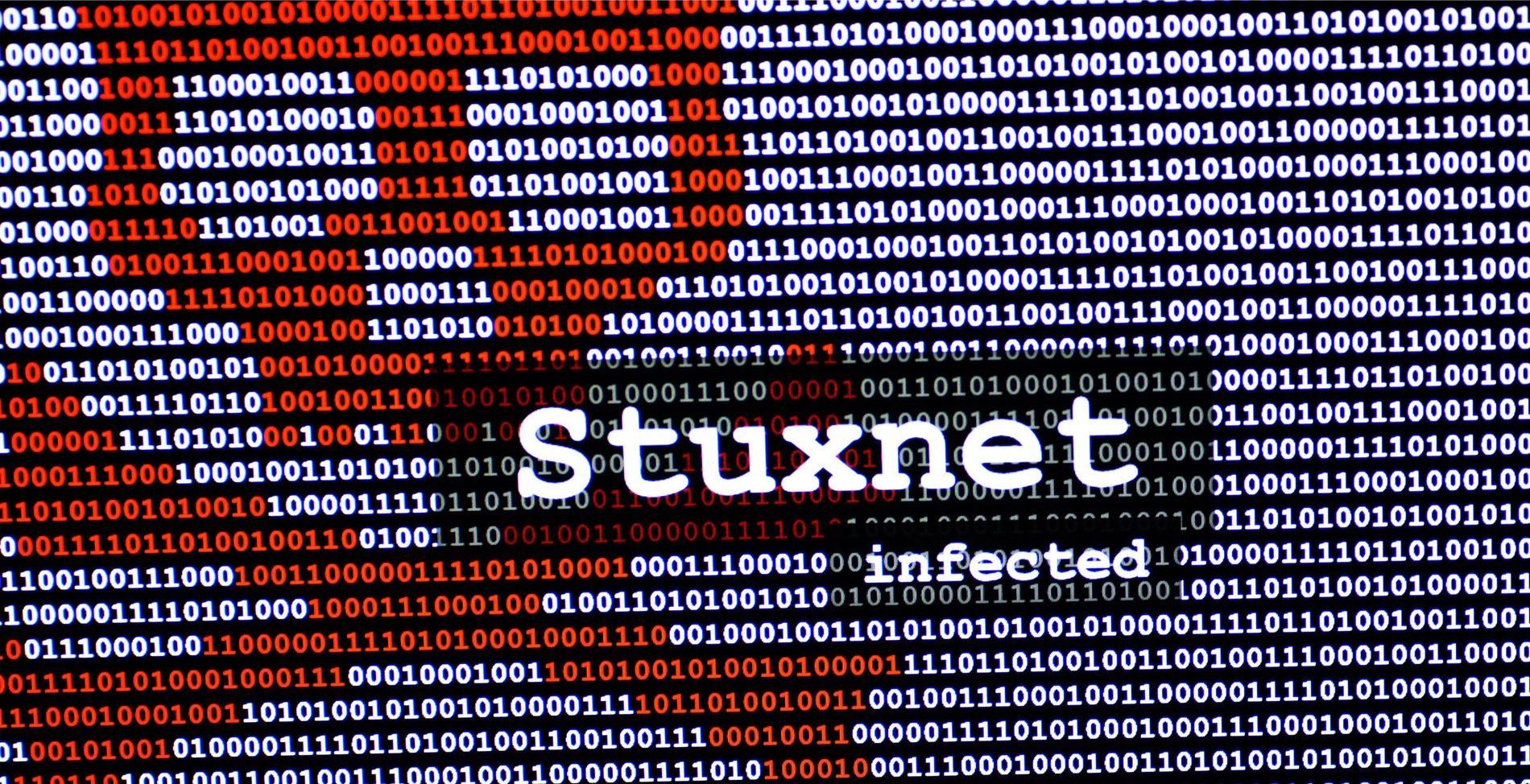FIGHTING HACKERS... WITH LAVA LAMPS?
In the headquarters of Cloudfare, a California based tech company, there is a most wonderous wall of mystery. Towering over the entrance, lies wall of around 100 brightly colored lava lamps. While they may be enticing to the eye, these lava lamps actually have a very important job in the security department. Cloudflare provides content delivery network services and DDoS mitigation, and they are known for using lava lamps in their offices as part of its encryption process. The concept is based on a method called "entropy source," which helps generate truly random numbers for encryption keys.
Entropy sources are used in cryptography to generate randomness for various security-related processes, such as encryption key generation and secure communication protocols. Entropy, in this context, refers to the unpredictability and randomness of data, which is crucial for ensuring security and preventing cryptographic attacks.

Developers can improve the strength of their cryptographic systems and minimize the risk of vulnerabilities related to predictable or weak key generation by including a diverse range of entropy sources. In computing, there are two types of entropy sources: hardware and software. Hardware entropy relies on sources such as voltage fluctuations or temperature changes. Software entropy uses sources such as keystrokes or network traffic patterns.
At Cloudflare, a wall of lava lamps are used as part of an array of other entropy sources (such as temperature and voltage fluctuations) to generate unpredictable and random data. A camera across the room picks up the footage of the lamps moving, which is then translated into an algorithm. This data is then utilized in generating cryptographic keys. The smallest change in light or movement will affect the numbers that are used for encryption. Since the wall is located in the building’s lobby, even a person standing in front of it, blocking the camera’s view, will produce changes in the algorithm. By incorporating these physical elements into the process, Cloudflare enhances the security and randomness of its encryption keys, making them more resilient against sophisticated attacks.
Computers are able to create randomness through code but it is inherently not random. In theory if a computer could create it, then a computer could learn the pattern and figure out the encryption key. This is especially true with machine learning and AI being so prevalent today. The movement and changes within the lava lamps produce randomness that is totally unpredictable. This unique approach enables the company to enhance the strength of its encryption mechanisms and bolster the security of its services. Over 10% of the world’s internet traffic flows through Cloudflare’s network so it is critical that they maintain an uncrackable algorithm.
Uncomplicate IT News Blog





